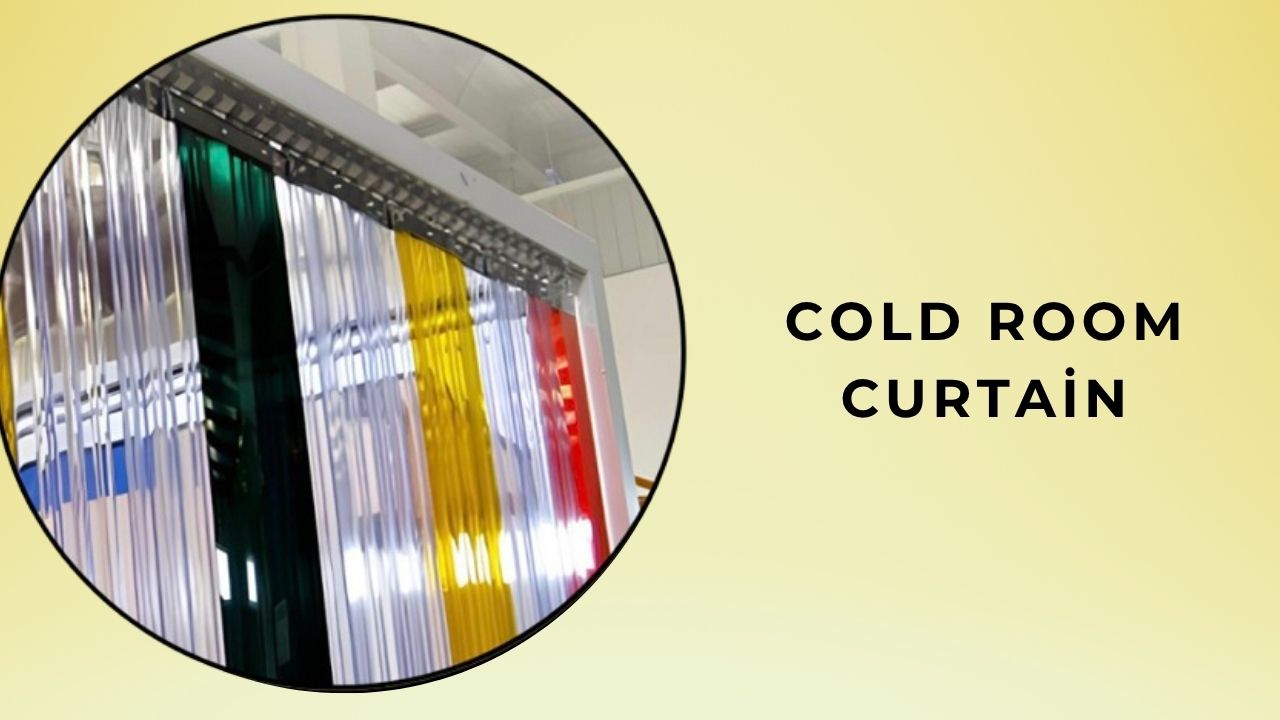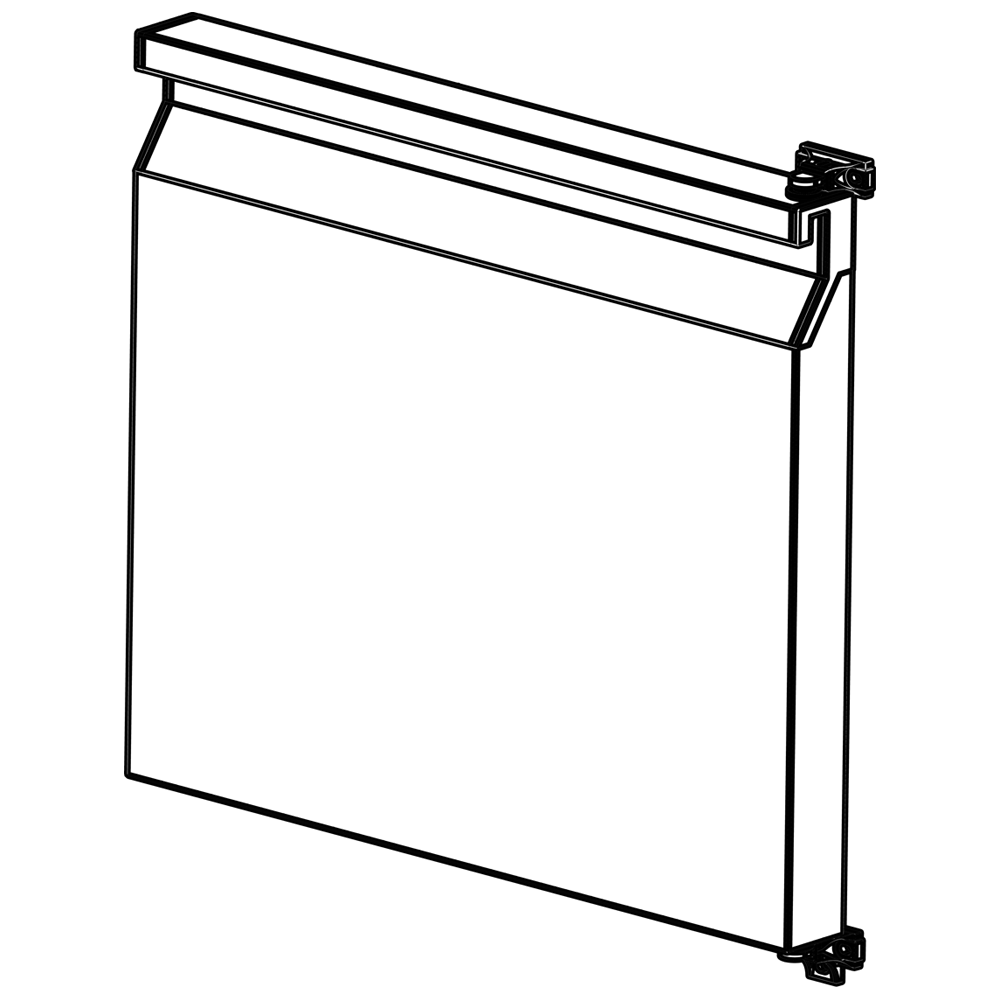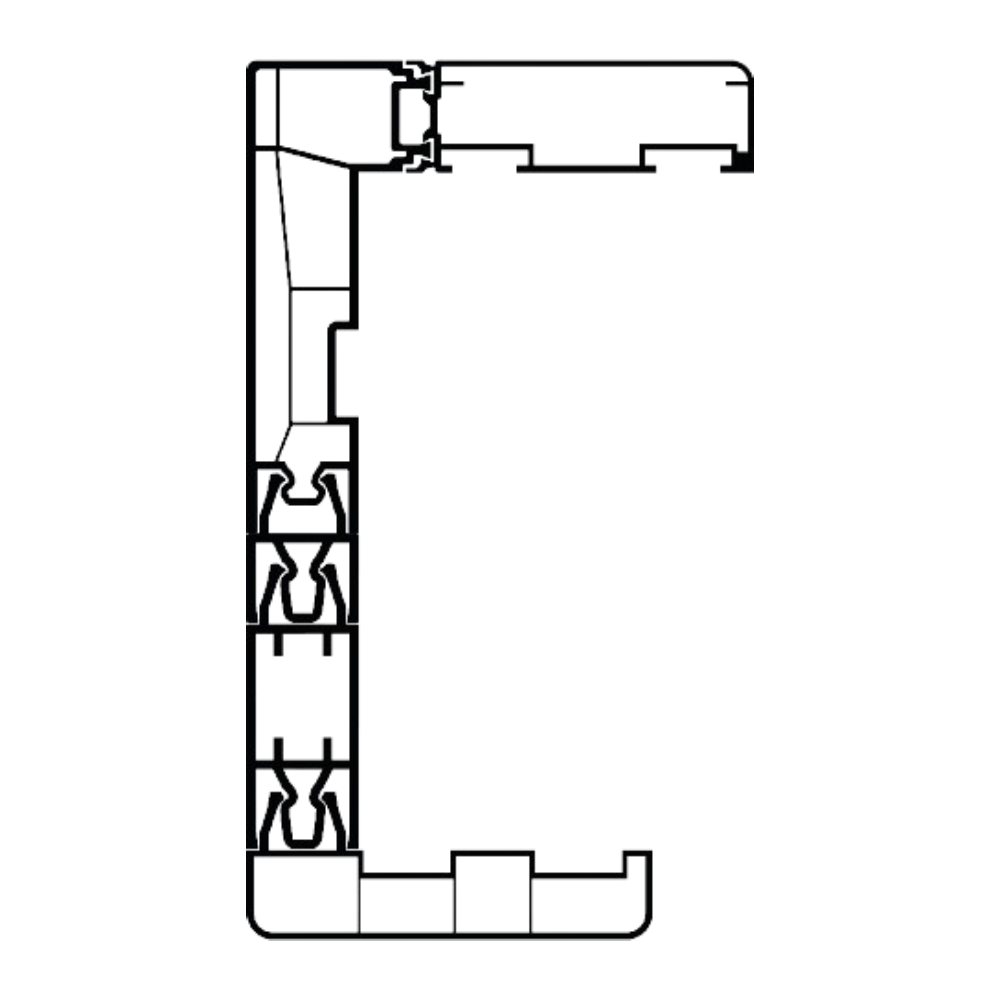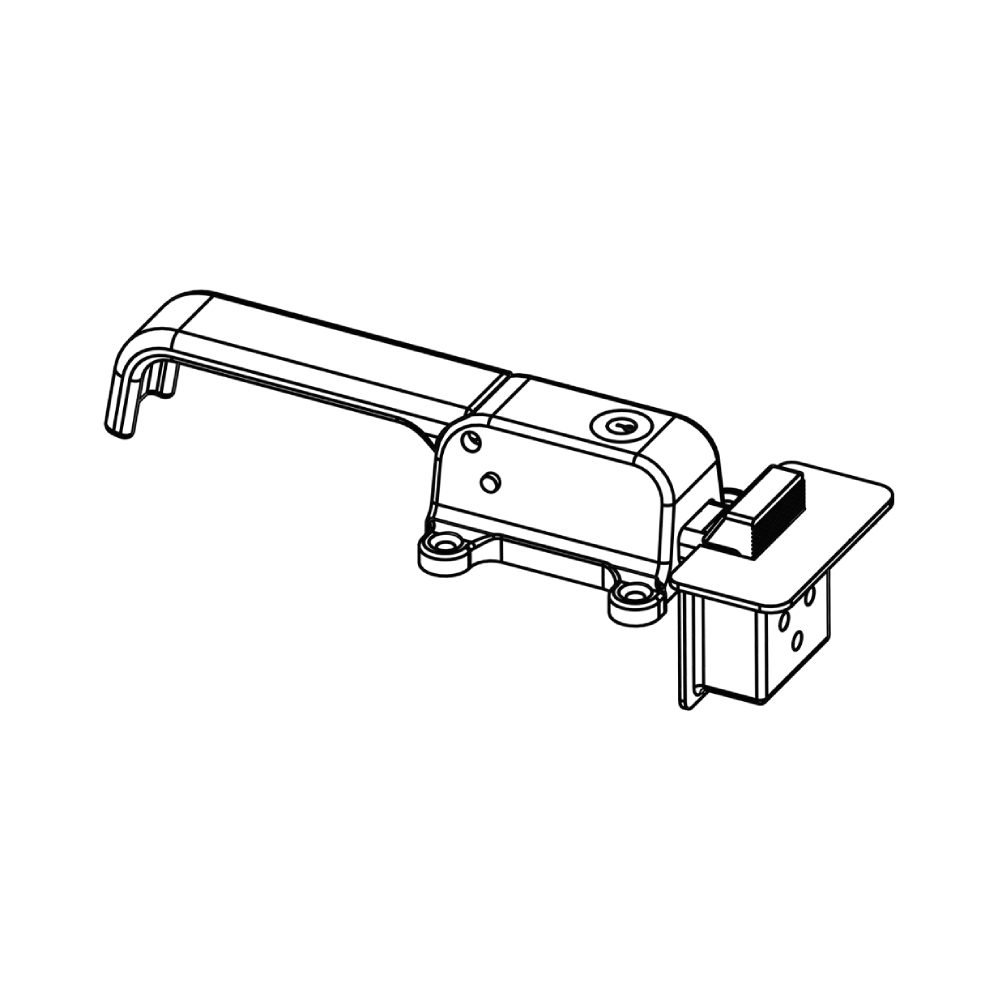Cold Room Curtain
Definition and Purpose of Cold Room Curtains
Cold room curtains, are flexible and insulated covering systems used in cold storage facilities, industrial refrigeration systems, and similar environments. These curtains are placed at the entry-exit points or internal partitions of cold rooms to reduce air transfer, prevent temperature loss, and increase energy efficiency. In areas with frequent entry and exit, the constant opening and closing of doors can lead to energy loss; cold room curtains provide an effective solution to minimize this loss. Typically made of transparent or semi-transparent PVC strips, these curtains allow easy passage while fulfilling critical functions such as hygiene and sealing. Designed to maintain stable internal temperatures in cold rooms, ensure product safety, and reduce operating costs, these curtains can be produced in various thicknesses and sizes. For example, strip thicknesses ranging from 2 mm to 4 mm are selected based on the temperature range and purpose of the cold room.
Technical Specifications and Structural Advantages
Cold room curtains, are specifically designed to meet the needs of high-performance refrigeration systems. Made of PVC strips, these curtains have a flexible and durable structure, preventing wear during frequent passages. The transparent or semi-transparent nature of the strips maintains visibility inside while enhancing worker safety. The curtains are made from special PVC materials resistant to low temperatures, maintaining performance even in blast freezing rooms down to -40°C. Corrosion-resistant mounting rails, typically made of stainless steel or aluminum, ensure long-lasting use in humid environments. The curtains create an airtight barrier to reduce energy loss, and some models use double-layered strips to enhance insulation performance. Their flexible structure adapts to various types of movement, from forklifts to pedestrian traffic. Additionally, their resistance to UV rays and chemical cleaners makes them ideal for hygienic environments.
Industry Applications and Use Cases
Cold room curtains, are widely used in industries where hygiene and energy efficiency are priorities. In the food industry, curtains in cold rooms storing fresh, frozen, or blast-frozen products prevent temperature loss in areas with frequent access. For example, in meat or fish storage, curtains maintain a stable internal environment to preserve product freshness. In the pharmaceutical industry, curtains in cold rooms storing vaccines and sensitive medical supplies create a hygienic barrier, preventing dust and germs from the external environment. In cold chain logistics, curtains provide a quick and practical solution for temporary storage facilities to maintain stable temperatures during transport and storage. In commercial kitchens, restaurants, hotels, and supermarket cold rooms, especially in service zones, curtains save energy while allowing quick passage for staff. Additionally, in high-hygiene environments such as laboratories and clean rooms, the easy-to-clean structure of curtains offers a significant advantage.
Benefits Provided by Cold Room Curtains
Cold room curtains, offer multifaceted advantages to businesses. Energy efficiency is one of their most significant benefits; they maintain internal temperatures even with frequent door openings, reducing the energy consumption of refrigeration systems. This leads to significant cost savings, especially in large-scale storage facilities. The flexible and transparent structure of the curtains allows for safe and quick passage for workers, speeding up operational processes. From a hygiene perspective, smooth PVC surfaces are easy to clean and prevent bacterial or mold growth, supporting sanitation standards in the food and pharmaceutical industries. Durable materials resist low temperatures and heavy use, offering a long-lasting solution. Aesthetically, transparent or colored curtains add a modern look to cold rooms, enhancing a business’s professional image. Customization options, with various sizes, thicknesses, and colors, ensure compatibility with any cold room design.
Production Process and Material Options
Cold room curtains production requires precise engineering and quality control processes. The production process begins with a design phase that considers the cold room’s dimensions, temperature range, and intended use. PVC strips, are produced using extrusion techniques and cut to the desired thickness, width, and length. Special chemical formulations ensure the strips remain flexible and durable at low temperatures. Mounting rails, typically made of stainless steel or aluminum, are treated to resist corrosion. Some curtains feature special coatings for UV or chemical resistance. During production, the transparency and flexibility of the strips are tested to prevent tearing or deformation during use. In the quality control phase, the curtains’ sealing, insulation, and durability performance are evaluated against international standards. Material selection varies based on the intended use; for example, antimicrobial-coated PVC strips are preferred in the food industry, while thicker strips are used in logistics warehouses.
Types and Varieties of Curtains
Cold room curtains, are produced in various types to meet different needs. Standard PVC strip curtains, are the most common type, consisting of transparent or semi-transparent strips with thicknesses ranging from 2 to 4 mm. Double-layered curtains, use two layers of PVC strips for higher insulation performance, particularly preferred in blast freezing rooms. Colored curtains, are used for aesthetic or zoning purposes; for example, red or blue strips can designate different sections. Antistatic curtains, are designed to prevent static electricity in rooms with sensitive electronic equipment. Custom-sized curtains are produced for large or small cold rooms to meet project-specific needs. Some curtains are equipped with magnetic or sliding rail systems for easier passage. This variety ensures solutions tailored to the needs of different industries.
Installation and Maintenance Recommendations
Cold room curtains proper installation and regular maintenance are essential for long-term performance. During installation, the curtain rails must be precisely aligned with the cold room’s entry dimensions. Professional installation by expert teams ensures optimal sealing and aesthetics. The curtains should be aligned to accommodate various types of movement, from forklifts to pedestrians. For maintenance, PVC strips should be regularly cleaned with hygienic cleaners to prevent dirt and bacterial buildup. In the food industry, curtains resistant to chemical cleaners should be used. The strips’ wear or tear should be periodically checked, and damaged strips replaced as needed. The condition of the mounting rails should also be regularly inspected for corrosion or loosening, with replacements made when necessary. These maintenance practices ensure the curtains remain both hygienic and functional.
Production and Industry Dynamics in Turkey
Turkey has a robust sector for the production of cold room curtains. İmamoğlu Soğutma produces PVC strip curtains in various thicknesses and specifications, offering solutions for the food and pharmaceutical industries. Known for highly insulated and customized curtains, they are particularly used in logistics warehouses. İmamoğlu also produces aesthetic and durable mounting rails as complementary solutions for curtains. These companies export to international markets, showcasing Turkey’s strength in this field. Detailed catalogs and technical support make it easier for customers to select curtains suited to their needs. Turkish manufacturers stand out in global competition by offering both cost-effective and high-performance curtains.
Future Technological Developments
Cold room curtains, are continually evolving with technological innovations. Smart curtains, equipped with sensors can monitor temperature and humidity levels, optimizing energy efficiency. Eco-friendly PVC materials, with recyclable properties contribute to sustainability goals. Antimicrobial coatings prevent bacterial and mold growth, elevating hygiene standards. Automatic sliding curtain systems, facilitate quick passage in large warehouses, improving operational efficiency. In the future, thinner and more insulated strips could further enhance energy savings, providing a significant advantage, especially in regions with high energy costs.








